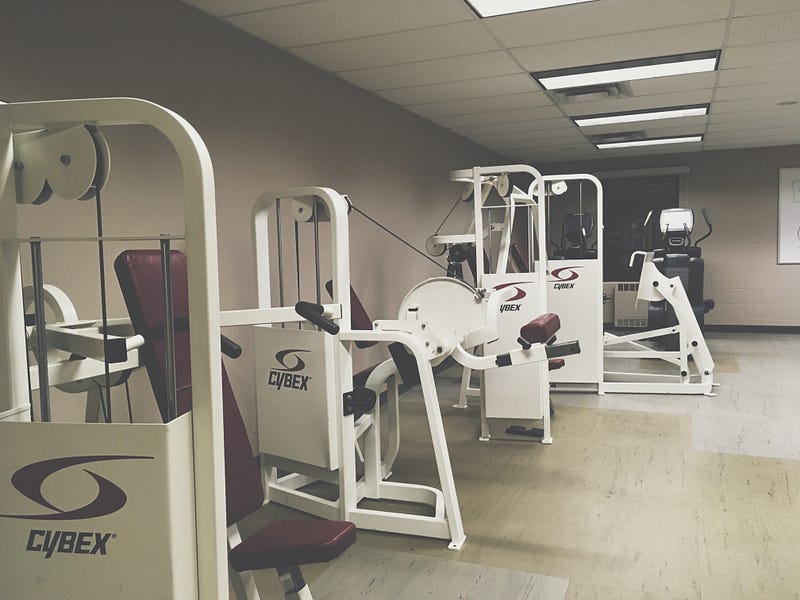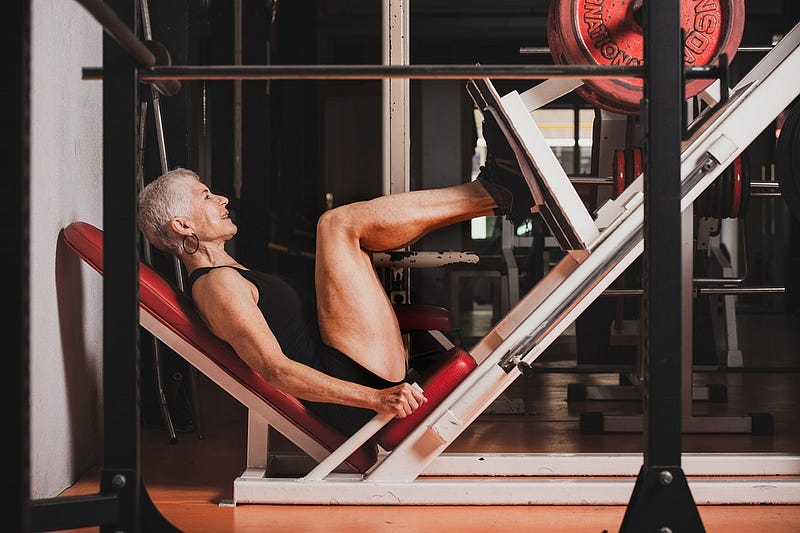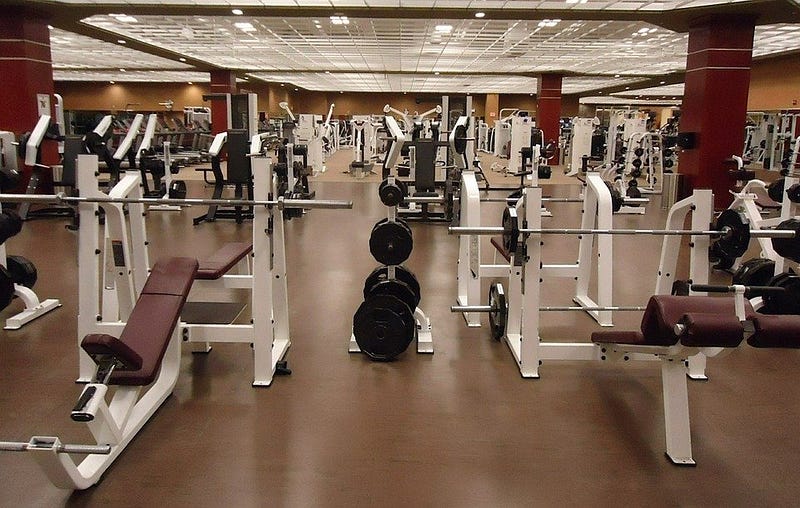Exercise Equipment and Fitness Considerations for Seniors
Written on
Seniors are often faced with unique physical challenges that require tailored fitness solutions. As we age, our bodies undergo significant changes, particularly in muscle mass and strength. It becomes crucial to focus on balance, coordination, agility, endurance, and reflexes to maintain overall health.
Maintaining organ function, especially concerning kidneys and blood sugar levels, is vital. Diet plays a key role in ensuring optimal health, necessitating a focus on proteins, fats, and cholesterol to support heart health. Additionally, seniors typically require longer recovery times due to decreased hormone and enzyme production. Consequently, adopting better nutritional habits, which include incorporating herbs, spices, nuts, seeds, probiotics, and fresh produce, is essential. Smaller, more frequent meals throughout the day can also aid digestion and energy levels.

A Range of Exercises for Seniors
Stretching is crucial for enhancing flexibility while ensuring joint stability. It's important to approach stretching with a focus on flow and rhythm to improve balance.
Aerobic activities are beneficial for cardiovascular health and improving lung capacity. Low-impact options help increase blood flow and assist in detoxifying the body while burning calories.
Power movements, such as kicking or jumping, can be physically demanding and should be approached cautiously.
Resistance training is fundamental for preserving muscle mass and tone. Using specific equipment to target different muscle groups prevents deterioration of muscle fibers and joints, promoting overall strength and health.
Incorporating free weights can enhance strength training, but safety must always be a priority. Proper grip and form help prevent injuries associated with dropping weights or making abrupt movements.
For those looking to invest in a comprehensive fitness setup, a full home gym system can offer varied exercises targeting each muscle group safely.
Recommended Home Equipment for Seniors
The Total Gym is a user-friendly option that requires minimal space and offers cost-effective features. Familiarizing oneself with resistance adjustments and exercise variations is key to utilizing this equipment effectively.
This system promotes a holistic approach to exercise, akin to Tai Chi, focusing on full-body movements that enhance functional strength, coordination, and agility.
Other Equipment Types
Some fitness equipment may not be suitable for seniors, including:
- Medicine balls, gym bounce balls, and punching bags
- Battle ropes and various types of resistance bands
- Traditional weights like dumbbells and kettlebells
Proper attire, such as supportive gym shoes and compression wear, can also enhance the exercise experience. A wall cable system can complement a home gym setup, offering similar functions to the Total Gym.

Suitable Exercises for Seniors
Walking is a great low-impact exercise that can incorporate interval training and varied terrains.
Low-impact aerobics provide a warm-up routine without straining muscles, focusing on breathing and flexibility while incorporating movements like chair squats and arm rotations.
Water-based exercises are gentle on joints and provide resistance, making them ideal for maintaining balance and strength.
Swimming offers a full-body workout that is easy on the joints but may not provide significant strength training.
Engaging in simple sports can foster social interaction and strategy-based thinking.
Yoga and Pilates focus on rhythm and flow, promoting flexibility and relaxation.
Isometric exercises, such as wall sits and push-ups against a wall, are excellent for building strength without excessive movement.
Mobility exercises are essential for maintaining joint health and flexibility across all areas of the body.
Cognitive exercises also play an important role in overall wellness, with online resources available to support mental agility.
Daily Routines for Seniors
A well-structured routine should focus on:
- Posture exercises that emphasize alignment and core strength.
- Diet should include smaller, quality meals spread throughout the day to support digestion and energy levels.
Morning routines can focus on low-intensity activities to boost energy, while afternoons may incorporate strength training to build muscle mass. Healthy snacks can include proteins and fermented foods for gut health.
Evening routines should prioritize stretching and relaxation techniques, aiming to reduce stress and promote quality sleep.
The Impact of Exercise on Brain Health
Regular exercise can help preserve brain volume and improve cognitive functions, potentially preventing conditions such as Alzheimer’s and depression. It enhances blood flow to the brain, fostering the creation of new blood vessels and improving overall brain health.
Physical Benefits of Exercise
Engaging in regular physical activity supports joint mobility and aids in digestion. It can improve cardiovascular health by enhancing blood flow and regulating cholesterol levels. Additionally, exercise can significantly reduce stress levels and promote better sleep quality.

Conclusion
Incorporating these strategies into a senior fitness regimen can lead to substantial improvements in both physical and mental health.
Thank you for reading!
Disclaimer: This content is for educational purposes only and is not a substitute for professional advice. Always consult a healthcare provider before starting any new exercise program.